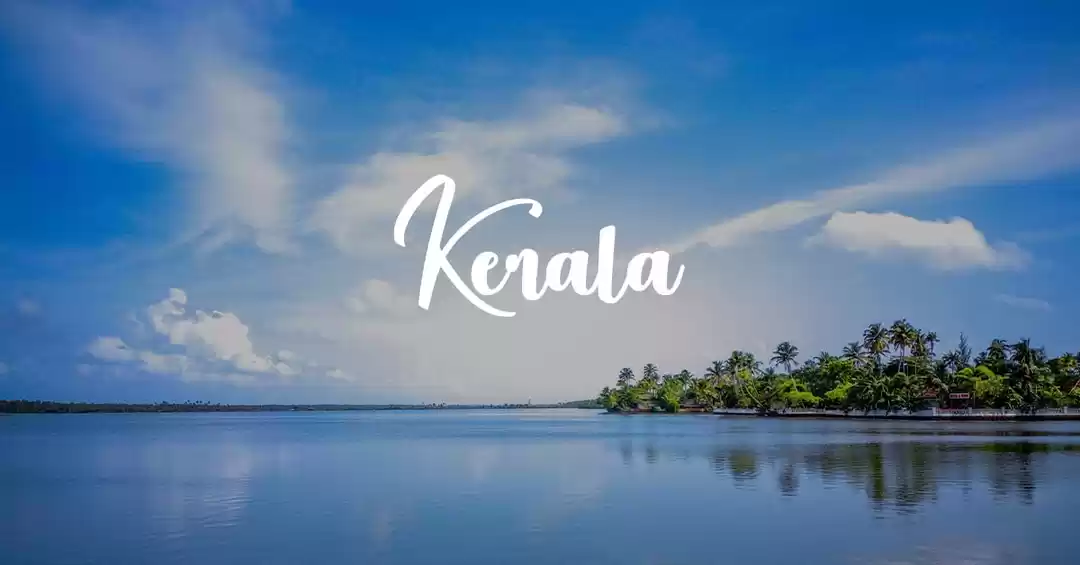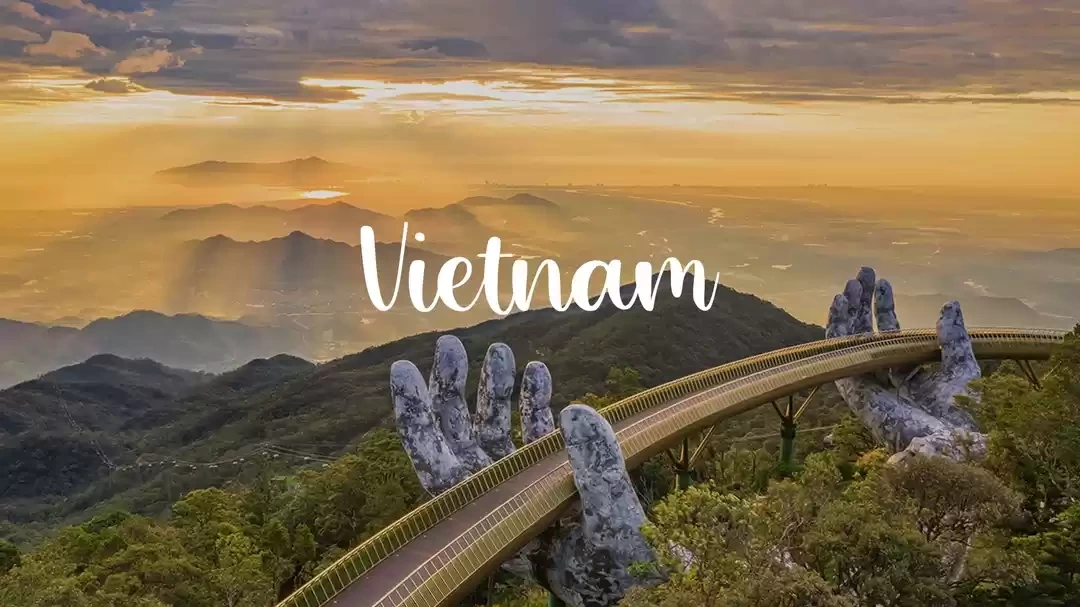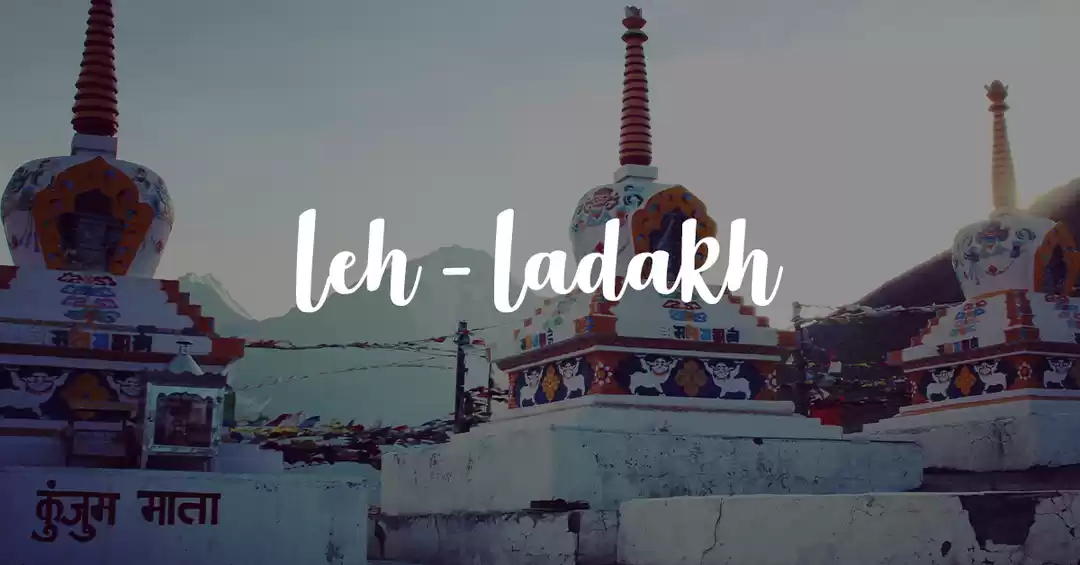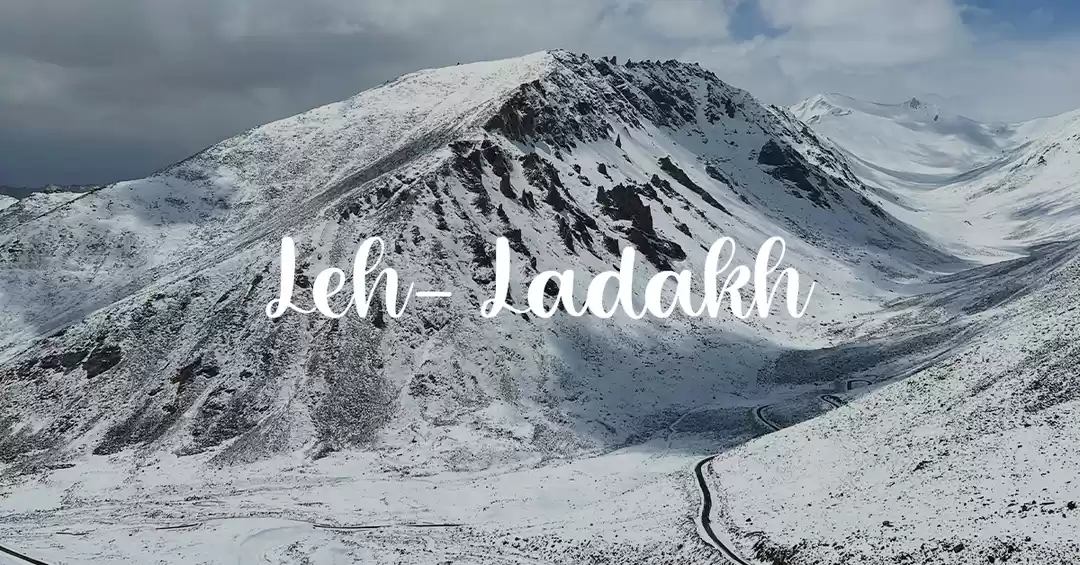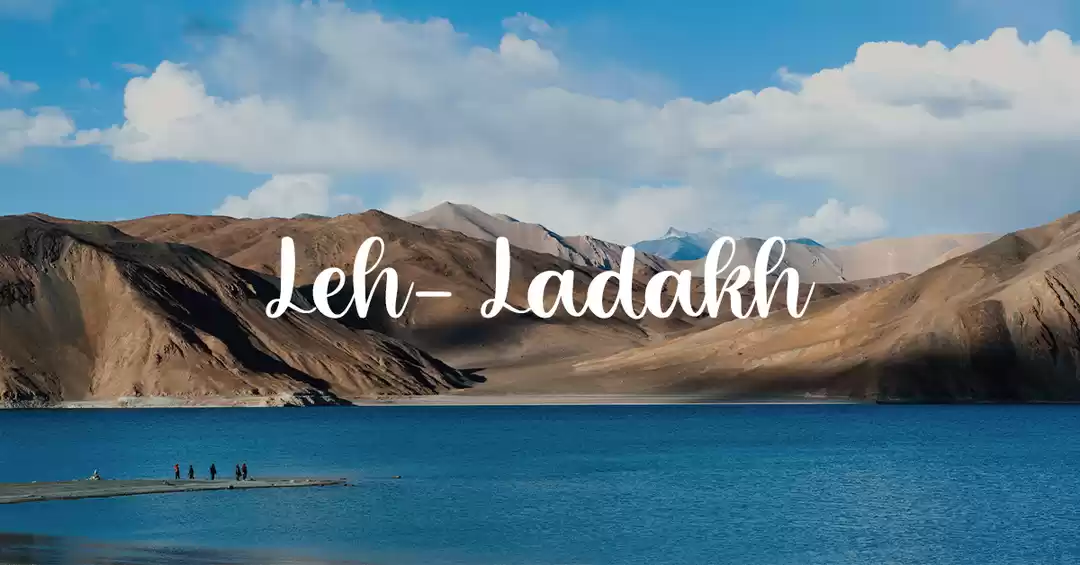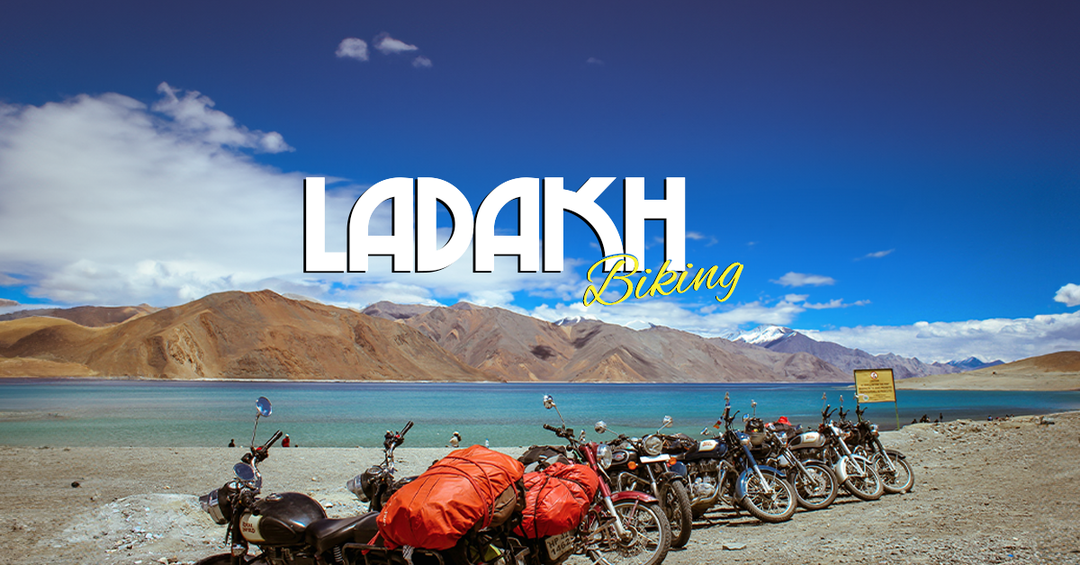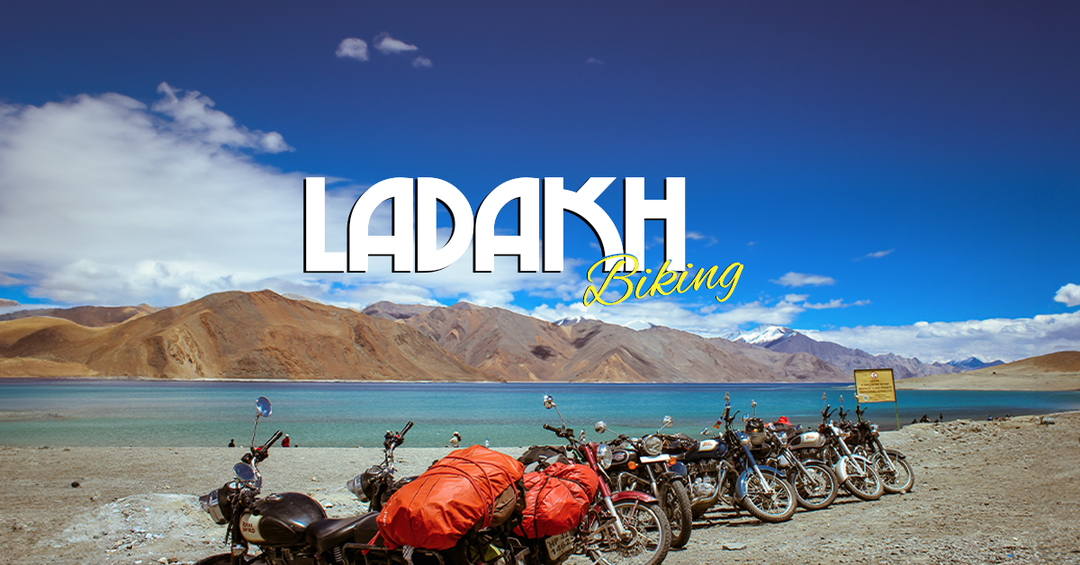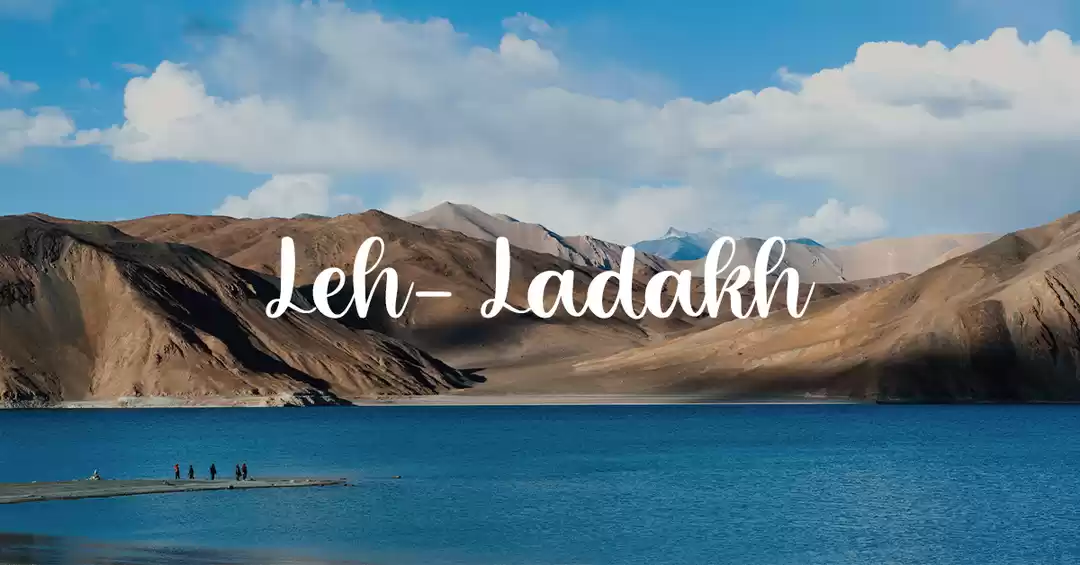There’s something quietly magical about Montenegro in summer. Maybe it’s the way the sun dances over the Adriatic Sea, casting a golden glow across the cliffs and coves. Or maybe it’s the scent of grilled fish drifting from seaside taverns as the laughter of locals and tourists mingles under the warm twilight. What’s certain is that this small Balkan country becomes a vibrant mosaic of experiences in the summertime — from its laid-back beach lifestyle to the warmth of its people and the richness of its culinary traditions.
The Beach Vibes: More Than Just a Tan
Montenegro’s coastline stretches over 290 kilometers, offering everything from dramatic cliffs to tucked-away coves. While places like Budva and Kotor often steal the spotlight, the real gems are sometimes found in the quieter corners.
One such treasure is Sveti Stefan, a breathtaking islet that once served as a fortified village. Now transformed into a luxury resort, it’s still accessible to visitors, at least in part. The public beach next to the islet is worth every step across its pinkish pebbles, with views that feel like they belong in a painting. If you're planning your beach day, don’t miss this stunning spot: Sveti Stefan Beach – 1001beach.com
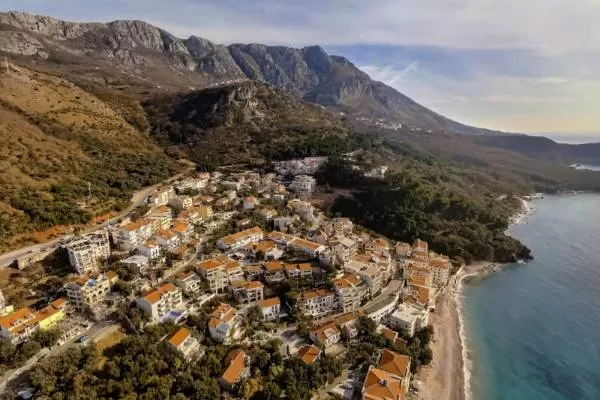
Further down the coast, Drobni Pijesak feels like a secret waiting to be shared. Surrounded by olive trees and steep hillsides, this small bay has a calm, almost spiritual quality to it. Unlike some overcrowded beaches in the region, here you can still hear the waves lapping gently on the shore without the distraction of loud music or endless chatter.
Then there’s Velika Plaža, a long, windswept beach near Ulcinj — Montenegro’s southernmost town. Known for its golden sands and relaxed atmosphere, it stretches for 13 kilometers, making it one of the longest beaches on the Adriatic. It’s particularly popular with kite surfers, who catch the strong coastal winds and glide along the water with impressive grace.
A Culinary Mosaic: Simple Ingredients, Big Flavors
If you think Balkan food is all grilled meats and heavy stews, Montenegro will pleasantly surprise you. Along the coast, the cuisine leans Mediterranean, with a strong emphasis on fresh seafood, local herbs, and olive oil. Inland, the dishes become more rustic, with influences from Serbia, Bosnia, and even Italy.
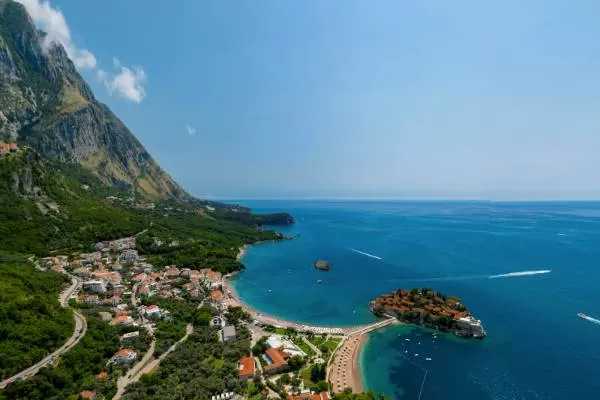
You’ll find freshly caught calamari, grilled to perfection and served with lemon wedges. Or black risotto, colored and flavored with squid ink, a local specialty that pairs perfectly with a crisp glass of Vranac, a red wine indigenous to the region. One of the country’s most beloved dishes is čorba, a hearty fish soup often enjoyed as a starter by the sea.
No Montenegrin summer evening is complete without a visit to a konoba — a traditional tavern where locals gather, not just for food, but for conversation and music. In places like Perast or Tivat, you’ll often find small family-run konobas with tables set right on the waterfront, where the sea breeze mixes with the clinking of glasses and acoustic tunes.
If you're in Cetinje, don’t miss visiting the National Museum of Montenegro (official website), where history lovers can trace the nation’s complex past and even view relics from the royal Petrović-Njegoš dynasty. A day spent exploring the museum followed by a late lunch in a nearby café offers the perfect blend of culture and indulgence.
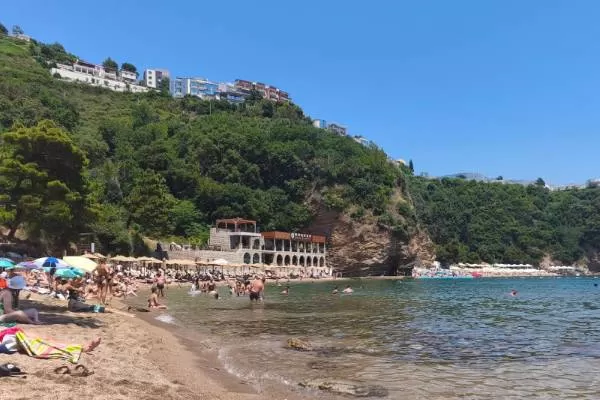
The People: A Quiet Kind of Warmth
Montenegrins may come across as reserved at first, but spend more than a few minutes with them, and you’ll discover their deeply rooted hospitality. Whether you're sharing a rakija (a local fruit brandy) with a fisherman in Herceg Novi, or getting directions from an elderly woman in Bar, there’s an unspoken warmth in their gestures.
Family and tradition are everything here. It’s common for three generations to live under one roof, and many coastal families still maintain fishing as a way of life. It’s also a country where strangers are treated like guests, and guests like family.
In summer, this sense of community spills out into the streets. From the Sea Dance Festival in Buljarica to impromptu music gatherings in town squares, there’s always a reason to celebrate. Young people play guitar by the water, children chase each other through cobbled streets, and couples stroll hand-in-hand under palm trees.
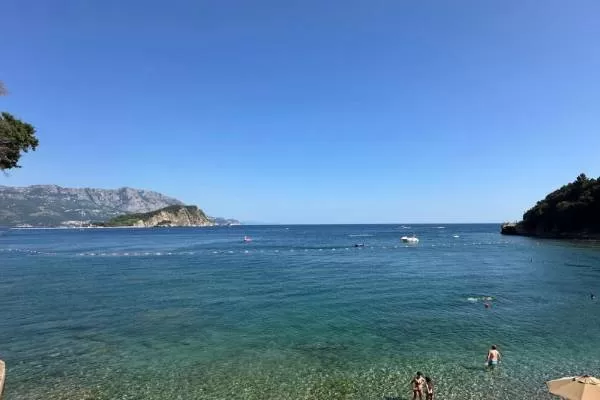
Even the simple act of ordering a coffee can turn into a half-hour conversation — not out of slowness, but out of a cultural appreciation for the present moment. Time stretches a bit in Montenegro, especially in summer. It’s not about racing from place to place, but about feeling where you are, savoring every bite, every sunset, every exchange of glances with the locals.
Montenegro in summer is more than just a destination — it’s a mood, a rhythm, a way of reconnecting with the essentials. The sea, the food, and the people all come together to remind you that beauty often lies in the quietest places, just waiting to be noticed.



